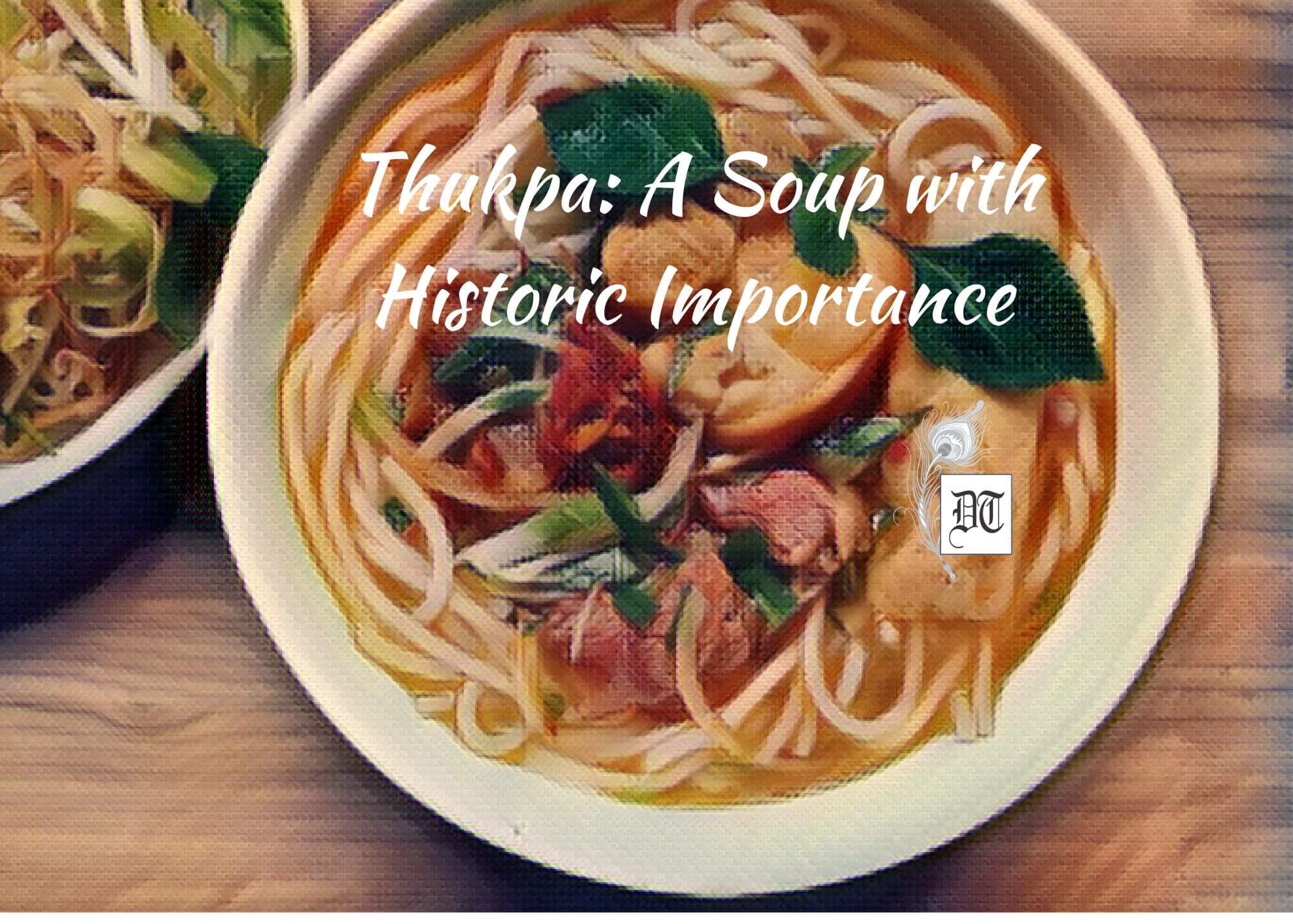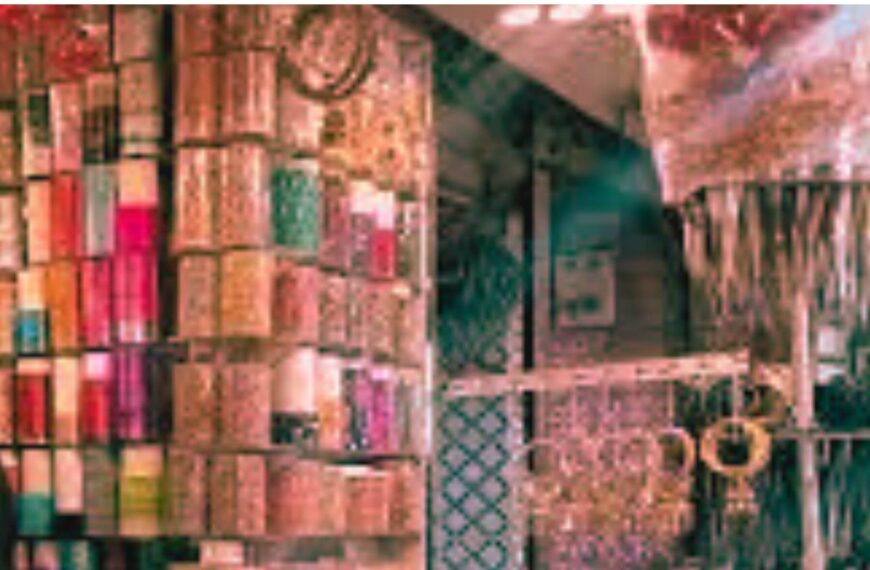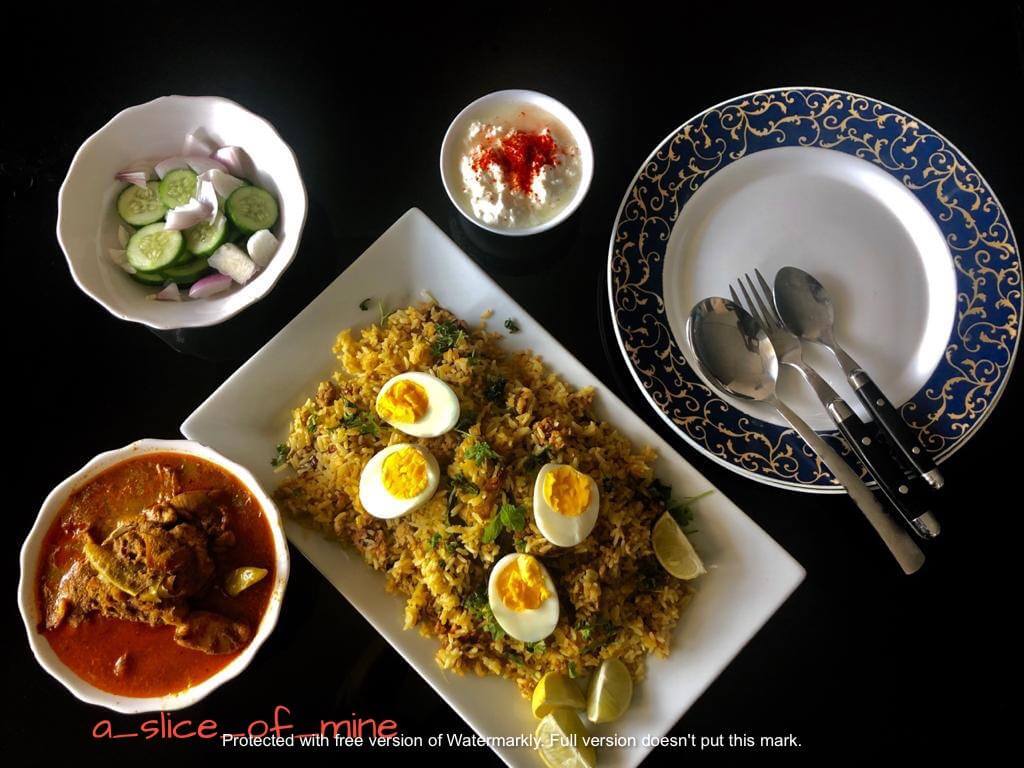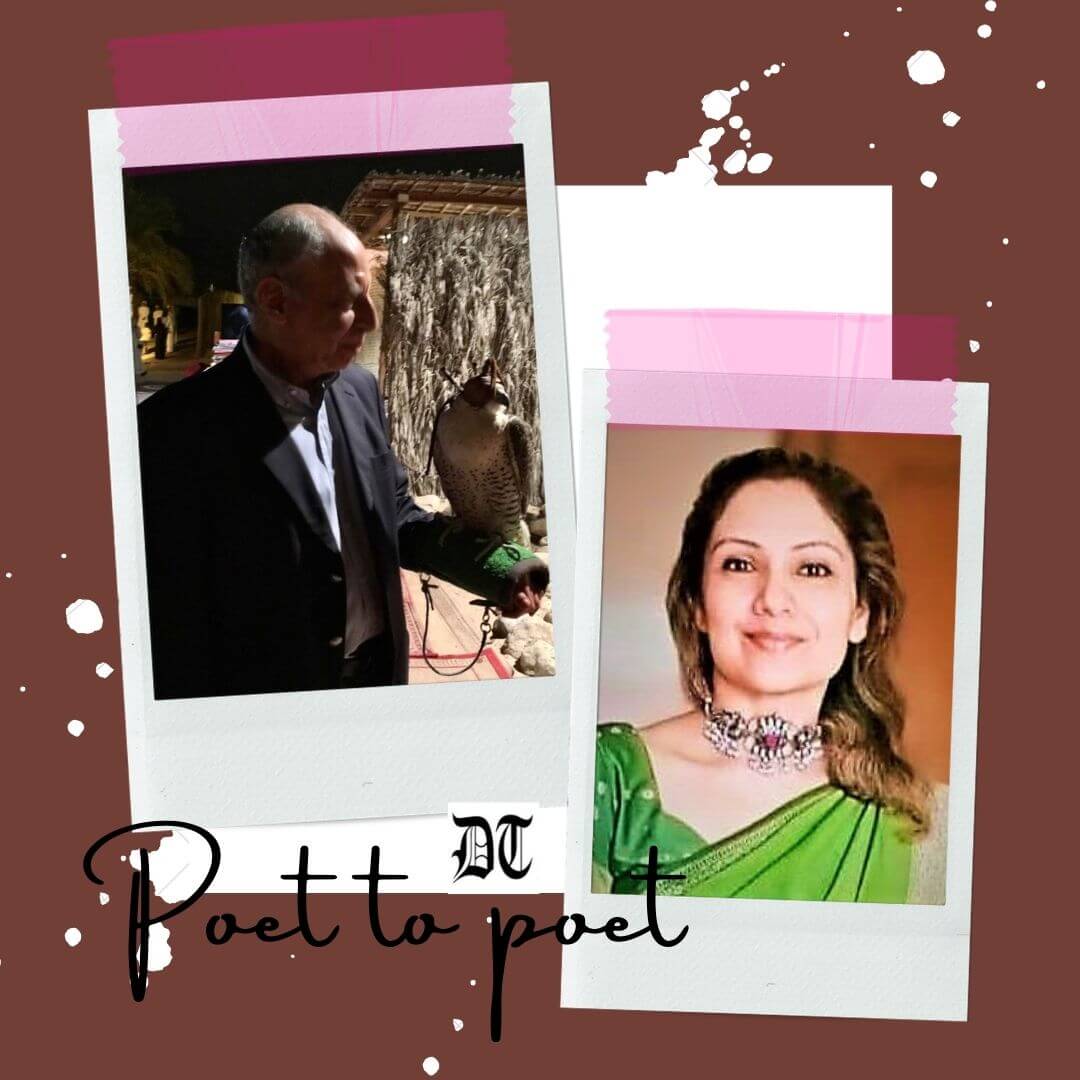Thukpa is a very popular food item and one of the important ones in Tibetan Cuisine. Here’s an interesting insight into the Tibetan culture, in the weekly column, exclusively for Different Truths.
Food plays an important role to upkeep traditions and culture. Certain places are more known for the food, which is part of their culture. Though over a period of time lot of flavours get added and variances formed, people try to preserve the traditional way of making a food, which normally is loved by one and all. No research is complete without knowing and tasting a food item that is passed on for generations and in some cases synonymous with the culture being researched.
Thukpa is one such dish, which is synonymous with Tibetan Cuisine. During the Butter Sculpture event1 in Thiruvananthapuram, we heard about the Tibetan settlement in Varkala2 and going there understood there were around twelve families residing there. The Tibetans came rushing seeing Ven Thupten Gedun and they wanted him to come to their homes and bless.
That evening I did not know that this soup had a special place in Tibetan History.
After spending an hour there we understood there was a Tibetan Restaurant and Ven Thupten Gedun wanted me to taste Tibetan food. He was so happy to meet the Tibetan families. He asked me if I have tasted Tibetan Cuisine. He asked me if I have tasted Thukpa. Though I had heard about the Tibetan Soup Thukpa, it was the first time I was tasting it. That evening I did not know that this soup had a special place in Tibetan History.
Thukpa is from the Amdo3 Region in Tibet. One has to cut up mutton, steam it with a little pepper and salt and cook it until it’s chewy, but not too chewy. It should not become too soft.
Fresh dough is kneaded with little oil and is pulled off into small, flat noodles which are then thrown into the boiling soup. The noodles must be taken off during the first boil, else it becomes very soft.4
In Tibet, Thukpa is prepared using cold noodles in summer and during winter, the noodles are cooked in soup and eaten.
In 1959, when His Holiness the XIV Dalai Lama had to leave Tibet and travel to India seeking refuge, the members who accompanied him, which included his teachers, members of the Kashag5 , his family members including his mother, were asked not to carry anything.
Dalai Lama’s mother had to dress like a man and had only carried a woolen blanket6 and a little Tsampa.7 During the course of the journey, they survived on Tsampa and Thukpa.
…Dalai Lama’s mother introduced the soup Thukpa to the refugee community in India.
Once in exile, Dalai Lama’s mother introduced the soup Thukpa to the refugee community in India. Now Thukpa is a very popular food item and one of the important ones in Tibetan Cuisine in exile.
During Losar8 celebrations, Tibetans eat a special Thukpa called Guthuk9 . As part of rituals, nine drops of the soup from the first bowl of Thukpa is offered and kept separate as an offering.10
1 Read My article on Butter Sculpture http://139.59.80.127/history-culture/butter- sculptures-the-traditional-art- form-of- tibet/
2 A Coastal town in Thiruvananthapuram known for its beaches
3 One of the three traditional regions of Tibet, the other two being Ü-Tsang and Kham. Amdo is the birthplace of His Holiness the XIV Dalai Lama
4 Based on ‘Dalai Lama, My Son’ – A mother’s story by Diki Tsering
5 Governing council of Tibet which is the highest executive office
6 Based on ‘Dalai Lama, My Son’ – A mother’s story by Diki Tsering
7 Roasted barley meal, a staple food of Tibetans
8 Tibetan New Year
9 A noodle soup which is a variation of Thukpa, eaten before Losar
10 Based on https://tnp.org/celebrating-losar- tibetan-new- year-buddhist- nunnery/
Picture design Anumita Roy







 By
By
 By
By